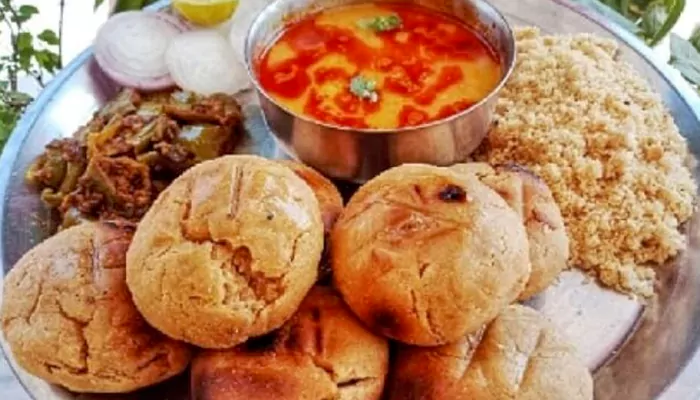
Mahavir Jayanti isn’t just about fasting and prayers—it’s a day that beautifully blends spirituality with delicious feasts! Let’s explore how Jains mark this sacred occasion, from quiet reflection to joyful meals.
Mahavir Jayanti, the birth anniversary of Lord Mahavir, is one of the most significant festivals in Jainism. While it’s a day of deep spiritual reflection, fasting, and prayers, it also has a surprising culinary side. Jains follow strict dietary rules, but that doesn’t mean the food is boring—far from it!
So, how does a community known for austerity and discipline celebrate with food? Let’s dig in!
For many Jains, Mahavir Jayanti begins with upvas (fasting). Some devotees observe a complete fast, consuming only boiled water, while others opt for a partial fast, eating just one simple meal.
Why fasting? It’s all about self-discipline and purification—key principles in Jainism. By abstaining from food, devotees focus on inner peace and non-violence (ahimsa), which extends to their diet.
But here’s the thing: Even fasting in Jainism has its own culinary traditions. Think saatvik food—no onions, no garlic, and definitely no root vegetables (to avoid harming microorganisms in the soil).
After a day of restraint, many Jains break their fast with a wholesome, satvik meal. And trust me, it’s anything but bland!
Jain cuisine skips onions and garlic because they’re believed to stimulate desires and are considered tamasic (impure). But don’t worry—flavor isn’t sacrificed! Cooks rely on ginger, cumin, asafoetida (hing), and aromatic spices to make dishes sing.
Some classic Mahavir Jayanti dishes include:


No Jain celebration is complete without sweets! Lapsi (broken wheat pudding), shrikhand (strained yogurt dessert), and panchamrut (a mix of five nectars) are often served as offerings (prasad) and later enjoyed by families.
What makes Jain cooking truly special is its mindfulness. Every ingredient is chosen carefully to minimize harm—no meat, no root veggies, and even restrictions on certain greens during specific times.
This philosophy extends to how food is prepared:
Mahavir Jayanti beautifully balances austerity and abundance. It’s a day where fasting isn’t about deprivation but about gratitude—and the feast that follows is a celebration of life’s simple, pure joys.
So, the next time you hear about Mahavir Jayanti, remember: it’s not just prayers and penance. There’s a whole world of mindful, delicious food waiting to be explored! Hungry for more? Maybe it’s time to try a Jain meal yourself—you might just fall in love with its subtle, soulful flavors.